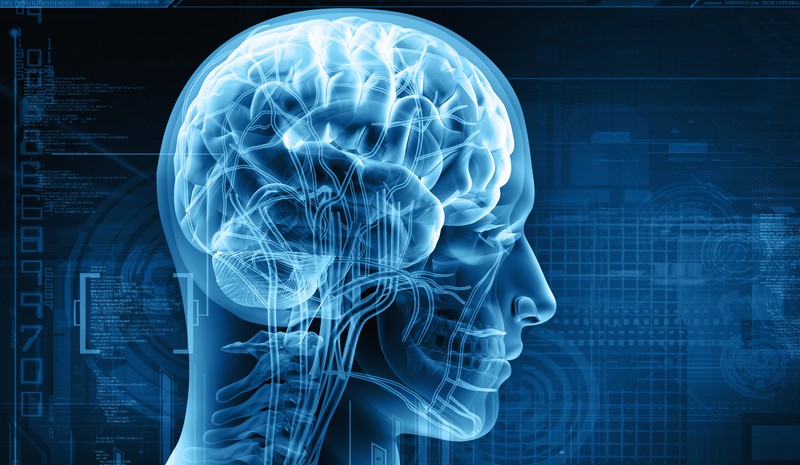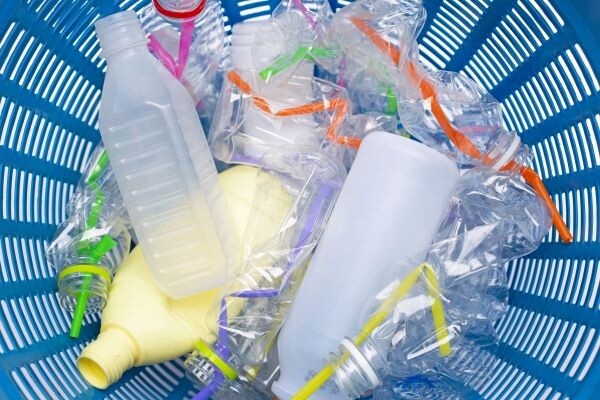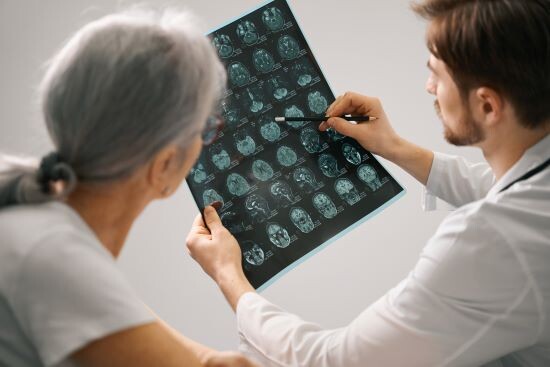Dementia, the Epidemic
In March of 2024, I interviewed Dr. Dale Bredesen, one of the leading authorities on prevention and refersal of Alzheimer’s disease and cognitive decline. We discussed why diet is so important in prevention and that includes eating a whole food, nutrient dense, organic diet. We also discussed many of the environmental toxins, chemicals, mycotoxins, air quality and much more as contributing factors to dementia. It is not just one thing–which is why pharmacueticals don’t work!
According to the World Health Organization, dementia is a syndrome associated with an ongoing decline of brain functioning, affecting memory, thinking, language, and behavior, and it is not a natural part of aging. The number of people with dementia is expected to nearly triple from an estimated 57 million in 2019 to 153 million in 2050, unless countries address risk factors.
There is much more to prevention and reversal of this devastating disease and I suggest you listen to my previous interview for some of the latest research and information from Dr. Bredesen. As Dr. Bredesen has said many times, “Alzheimers is a preventable disease.”
The Problem
Here we are almost one year later and more research is coming forth regarding environmental toxins and their relationship to cognitive decline. Almost everyone knows someone battling this disease and it is definitely an epidemic. Just recently, on Feb. 3, a new study found that the rising levels of microplastics in the brain may be linked to dementia. I have been concerned about microplastics in our body for years. If you look at the amount of food packaging made of plastics, water bottles, plastic bags and other household products, is it any wonder we are finding the levels of microplastics in our bodies going up and up? Let’s dive in a little deeper.
The following information about this new study Originally published by The New Lede by Douglas Main, a contributor.
“There’s much more plastic in our brains than I ever would have imagined or been comfortable with,” said Matthew Campen, a doctor and researcher at the University of New Mexico and lead author of a study published Monday in Nature Medicine.
This new study published in the journal Nature Medicine, found nanoparticles in each of the brain samples studied. They found a potential link between these microplastics and several types of dementia. The high concentrations of tiny plastic particles in human brain samples, with levels appearing to climb over time may be linked to these types of dementia.
The median concentration in brain samples collected from people who died in 2024 was nearly 5 micrograms of plastic per gram of brain tissue, tallying almost 0.5% by weight. This total was 50% higher than it was just eight years prior, from brain samples acquired in 2016 (for various reasons, most brain samples become available these two years).

This suggests the concentration of microplastics found in human brains is going up as plastic waste and microplastic pollution increases.
“That’s a little bit alarming,” Campen said, but he emphasized that a causal relationship cannot be established yet, in part because the brain’s normal clearance mechanisms are often impaired in dementia.
That being said, this potential link between microplastics and dementia needs to be further explored.
Most of the organs came from the Office of the Medical Investigator in Albuquerque, New Mexico, which investigates untimely or violent deaths.
A total of 28 brain tissue samples were collected in 2016, and 24 in 2024. From these bodies, liver and kidney samples were also analyzed. They contained a median plastic concentration about 10 times lower than the brain.

“The evidence here is concerning,” said Bethanie Carney Almroth, an ecotoxicologist at the University of Gothenburg in Sweden who studies microplastics but wasn’t involved in the paper
“You can draw a line — it’s increasing over time. It’s consistent with what you’re seeing in the environment,” Camden said.
The paper also looked at 12 brains from patients who died with different types of dementia; half of them had been diagnosed with Alzheimer’s disease. These brains all contained more plastic by weight than healthy samples — roughly three to five times more, on average.
When it comes to these insidious particles, “the blood-brain barrier is not as protective as we’d like to think,” Almroth said, referring to the series of membranes that keep many chemicals and pathogens from reaching the central nervous system. Some of the particles appeared to be too big to make it into the brain, or even the blood.
Nanoplastics are a subset of microplastics with a diameter smaller than one micron. Larger microplastics are too large to make their way into the brain. Most of the nanoplastic particles found in the brain are made up of polyethylene, the study found. This is the most commonly made plastic and is used in plastic bags, films, and many types of bottles used to store liquids and food.
The researchers used a technique called pyrolysis gas chromatography-mass spectrometry to measure plastic in samples of the prefrontal cortex from various brains. This technique heats up materials and then identifies their chemical makeup.
The study also involved a variety of imaging techniques to find and characterize the tiny bits of plastics, which primarily consisted of nanoplastic shards.
This study received a lot of press attention in September 2024 after The New Lede reported on a pre-print that hadn’t yet been peer-reviewed. The now-published paper is very similar to the version previously reported.
The U.S. Food and Drug Administration states on its website that “current scientific evidence does not demonstrate that levels of microplastics or nanoplastics detected in foods pose a risk to human health.”
The American Chemistry Council, which represents plastic and chemical manufacturers, said in a statement that “the global plastics industry is dedicated to advancing the scientific understanding of microplastics.”
The study also examined a number of brain samples collected before 2016 at various locations on the East Coast; these all contained plastics as well, though in slightly smaller concentrations.
Previous research will need to look at other parts of the brain besides the white matter of the prefrontal cortex, Campen said.
Preliminary work on this has already found, however, that tiny plastic shards are “fairly ubiquitous” throughout the brain, he said.
Solutions
I understand it may be difficult to remove all the plastics from your life but there are many ways to reduce your plastic use:
- Bring your own reusuable bag to the grocery store
- Get a water purifier in your home and do not use plastic bottle water
- Buy whole foods and not foods in plastic containers or bottles
- When ordering food for delivery or take-out, refuse cutlery, straws, and individual packets if you don’t need them.
- Use glass storeage containers
- Get an air purification system that removes much of the contaminants in the air in your home
- Avoid fleece and other synthetic fabrics that shed microplastics during washing. Instead, opt for natural fiber clothing
- Purchase items like rice, nuts, flours, pasta, and more from bulk bins using your own reusable containers.
I look forward to interviewing Dr. Bredesen regarding his new book coming out in March, 2025, The Ageless Brain. You can preorder here:



0 Comments